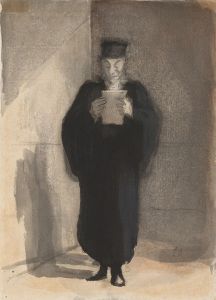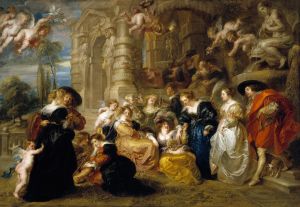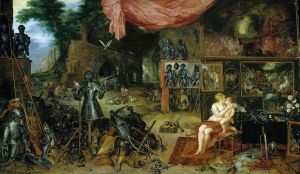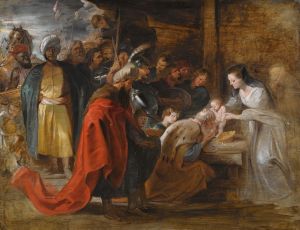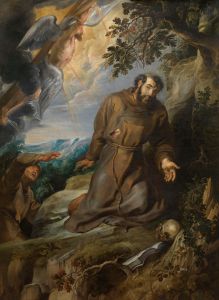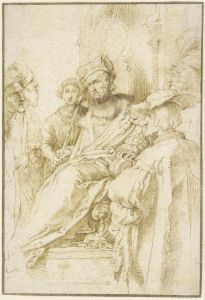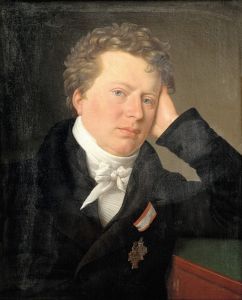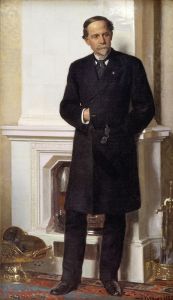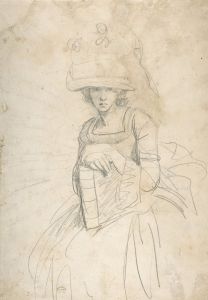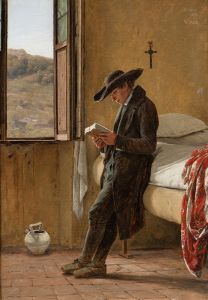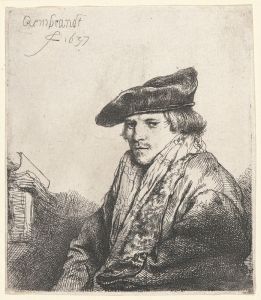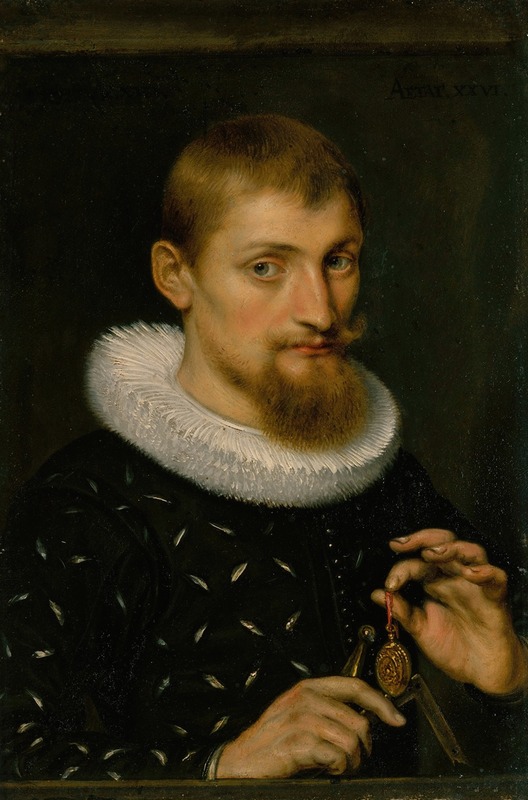
Portrait of a Man, Possibly an Architect or Geographer
A hand-painted replica of Peter Paul Rubens’s masterpiece Portrait of a Man, Possibly an Architect or Geographer, meticulously crafted by professional artists to capture the true essence of the original. Each piece is created with museum-quality canvas and rare mineral pigments, carefully painted by experienced artists with delicate brushstrokes and rich, layered colors to perfectly recreate the texture of the original artwork. Unlike machine-printed reproductions, this hand-painted version brings the painting to life, infused with the artist’s emotions and skill in every stroke. Whether for personal collection or home decoration, it instantly elevates the artistic atmosphere of any space.
"Portrait of a Man, Possibly an Architect or Geographer" is an intriguing work by the renowned Flemish Baroque painter Peter Paul Rubens. Created in the early 17th century, this painting exemplifies Rubens' mastery in portraiture, characterized by his dynamic composition, rich color palette, and keen attention to detail.
Peter Paul Rubens, born in 1577 in Siegen, was a prolific artist whose works encompassed a wide range of subjects, including religious themes, historical scenes, and portraits. He was known for his vibrant and energetic style, which played a significant role in the development of Baroque art in Europe. Rubens' influence extended beyond painting, as he was also a diplomat and scholar, which enriched his artistic perspective.
The painting "Portrait of a Man, Possibly an Architect or Geographer" is notable for its enigmatic subject. The identity of the man depicted remains uncertain, as the title suggests. The painting captures a middle-aged man with a thoughtful expression, dressed in attire that suggests a person of learning or professional standing. The subject's clothing and the objects surrounding him hint at his possible occupation, although no definitive evidence confirms his identity as an architect or geographer.
Rubens' skillful use of light and shadow in this portrait highlights the man's facial features and the textures of his clothing, creating a sense of depth and realism. The artist's attention to detail is evident in the rendering of the man's hair, beard, and the folds of his garments, which contribute to the lifelike quality of the painting. The background is kept relatively simple, ensuring that the focus remains on the subject.
This portrait is a testament to Rubens' ability to convey the personality and status of his sitters through his art. While the exact identity of the man remains a mystery, the painting invites viewers to speculate about his life and profession, reflecting the broader human curiosity about the past and the individuals who shaped it.
The painting is part of the collection at the National Gallery of Art in Washington, D.C., where it continues to be a subject of interest for art historians and enthusiasts alike. Its presence in the gallery allows visitors to appreciate Rubens' contribution to portraiture and his influence on subsequent generations of artists.
In summary, "Portrait of a Man, Possibly an Architect or Geographer" is a captivating example of Peter Paul Rubens' portraiture, showcasing his technical prowess and ability to capture the essence of his subjects. Despite the uncertainty surrounding the man's identity, the painting remains a valuable piece of art history, offering insight into the cultural and intellectual milieu of Rubens' time.





